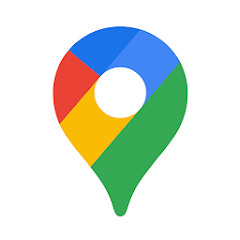- Virtual Globe Application: Google Earth enables users to view detailed satellite imagery and maps of the Earth, providing a three-dimensional perspective of various locations.
- Cross-Platform Availability: It is available on desktop, mobile devices, and as a web application, making it accessible to a wide audience.
- Educational Tool: Widely used in classrooms and educational settings, Google Earth helps facilitate learning about geography, science, and culture.
- Data-Driven Insights: Users can access layers of geographic data, including demographic information, environmental statistics, and historical maps.
Features of Google Earth
- 3D Viewing: Experience locations in three dimensions, allowing for an interactive exploration of terrain and landmarks.
- Street View: Navigate through streets around the world with panoramic street-level imagery, providing a realistic view of various locales.
- Voyager: An interactive storytelling feature that presents guided tours of geographical and cultural landmarks, enhancing user engagement.
- Measurements and Tools: Users can measure distances and areas, making it a useful tool for planning and analysis.
- Import Custom Data: The application allows users to import their own KML or KMZ files, facilitating custom maps and data layers.
- Time Travel Feature: Explore historical imagery to see how places have changed over time, adding depth to the exploration experience.
- Search Functionality: Easily locate specific places, landmarks, or geographic features using the search bar.
- Layered Data: Access various data layers, such as borders, roads, and terrain, to enrich the exploration experience.
- Bookmarking: Save favorite locations for easy access later, allowing for personalized exploration.
Pros and Cons of Google Earth
Pros
- Global Access: Provides users with a unique view of virtually any location on the planet, promoting global awareness and education.
- Interactive Learning: Engages users through interactive features that can enhance the educational experience in schools and other settings.
- User-Friendly Interface: The intuitive design makes it easy for users of all ages and skill levels to navigate and explore.
- Rich Data and Imagery: Offers high-resolution satellite images and a wealth of geographic data that can be used for various applications.
- Frequent Updates: Regularly updated imagery and features keep the application current and relevant.
Cons
- Internet Connectivity Required: A stable internet connection is necessary for optimal performance, which can limit usability in some areas.
- Learning Curve for Advanced Features: While basic functions are straightforward, some users may find it challenging to utilize advanced tools and features effectively.
- Resource Intensive: The application can be demanding on system resources, potentially leading to performance issues on older devices.
- Limited Offline Access: While some features may be available offline, most functionalities require an active connection to the internet.
- Privacy Concerns: As with any mapping service, users may have concerns about privacy and the implications of sharing location data.
Functions of Google Earth
- Exploration: Users can freely navigate and explore different geographical locations, cultures, and landscapes.
- Education: The app serves as a valuable resource for teaching and learning about geography, environmental science, and history.
- Data Analysis: Professionals can use Google Earth for spatial analysis, land use planning, and environmental studies.
- Travel Planning: Users can scout locations for potential travel destinations, helping them plan their itineraries.
- Historical Research: The time travel feature allows for the examination of historical changes in landscapes and urban development.
How to Use Google Earth
Using Google Earth is a straightforward process. Here’s a step-by-step guide to help you get started:
- Download and Install: For desktop users, visit the Google Earth website to download the application. Mobile users can find Google Earth in the Google Play Store or Apple App Store.
- Open the Application: Launch Google Earth after installation. You’ll be greeted with a 3D view of the Earth, centered on your current location or a default view.
- Familiarize Yourself with the Interface: Explore the interface, including the navigation controls on the right, the search bar at the top, and the sidebar with various features.
- Use the Search Function: Enter a location, landmark, or address into the search bar to quickly navigate to that specific area.
- Navigate the Globe: Use your mouse or touchpad to click and drag the globe to rotate and tilt. Scroll to zoom in and out for a closer or broader view.
- Explore Street View: Click on the yellow “Pegman” icon to access Street View. Drag Pegman to any street highlighted in blue to view street-level imagery.
- Access Voyager: Click on the Voyager icon to explore curated content, including stories, guided tours, and educational resources.
- Measure Distances and Areas: Use the ruler tool to measure distances between locations or the area of a specific region by selecting the measurement tool from the toolbar.
- Save Favorite Locations: To bookmark a location, click the “Add Placemark” button and adjust the icon as desired. You can rename and save these for future reference.
- Import Custom Data: If you have KML or KMZ files, you can import them by selecting “File” > “Open” and navigating to your files to overlay custom data on the map.
- Explore Historical Imagery: Click on the clock icon to access historical imagery for specific locations, allowing you to see changes over time.
- Experiment with Layers: Toggle different data layers on and off to see various information, such as borders, roads, and labels, enhancing your exploration experience.


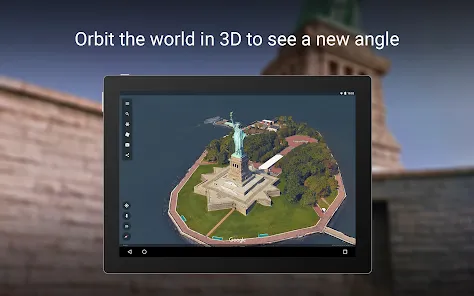
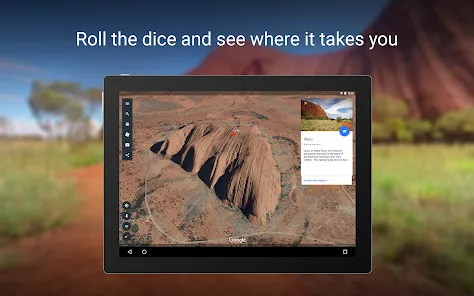
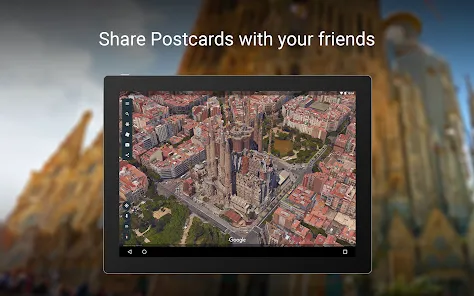
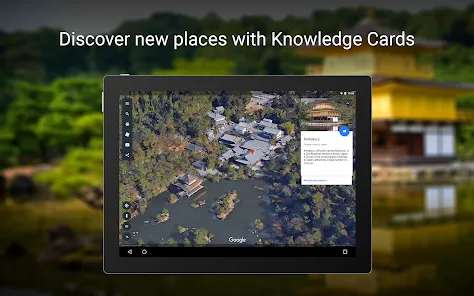
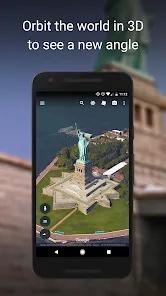
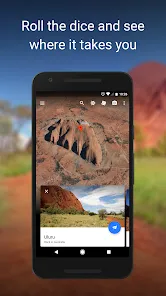




 0
0 
